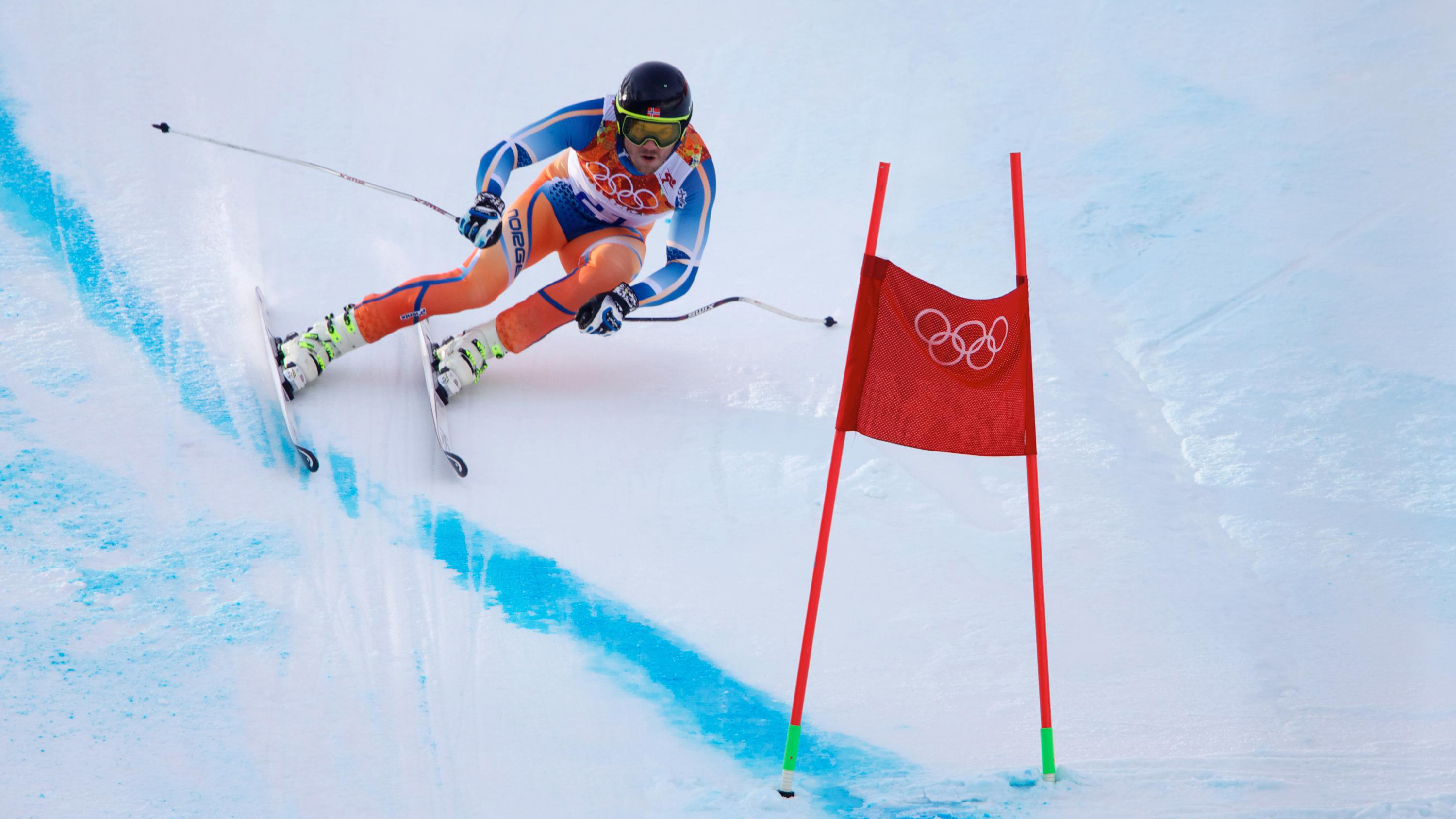Anterior cruciate ligament injuries
Anterior cruciate ligament (ACL) injuries are unpredictable. Most of them happen in harmless situations the athlete has been in hundreds of times before without it resulting in injury.

What many people do not know is, that we have two cruciate ligaments: An anterior and a posterior. Both are essential for stabilising the knee. The anterior cruciate ligament is the one we hear most about. Unfortunately, usually after an injury has occurred.
This type of injury leads to a lengthy time away from sport (often up to 12 months) and increases the risk of osteoarthritis. Therefore, it is important that prevention of this type injury is a priority and if it does occur, that the right treatment is followed.
The knee's safety belt
The ACL is a ligament in the centre of the knee that functions as a safety belt to prevent unwanted movements. A tear in the ACL is far more common than in the posterior cruciate ligament (PCL) and injuries to the former usually have a greater impact on knee function.
ACL injuries are especially common in sports that involve sudden changes in direction such as soccer, basketball, handball and downhill skiing. Female athletes have up to 3 times higher risk of an ACL injury than men and they are often injured at a young age.
ACL
The anterior cruciate ligament is often abbreviated to ACL.
Characteristics of a torn cruciate ligament
A typical characteristic of a cruciate ligament injury is swelling, which occurs soon after a twisting movement, and a sensation of giving way. It can also be difficult to straighten out the leg or bend the knee more than 80 to 90 degrees. You should have a medical examination if you show any of these signs.
Additional injuries
Often, other structures such as the meniscus, cartilage, bone, and collateral ligaments, are also affected following a cruciate ligament injury. These additional injuries can often account for many of the symptoms following a torn cruciate ligament, and they can affect treatment options and the long-term prognosis. As such, it is important to have an MRI examination and get a specialist's opinion soon after the incident.
Treatment
Surgery following an ACL injury is not a given. On the contrary, about 50% of ACL injuries in Norway today are treated conservatively (rehabilitation without surgery). Many of these show good results.
An orthopaedic surgeon will evaluate whether or not knee surgery is required following an ACL injury. The decision is based on symptoms and the athlete's requirements for knee function in the future. That means that surgery is more common for an elite football player or an athlete involved in downhill skiing than for one who competes in cross-country skiing, cycling, or running.
It is recommended that athletes who don't have any serious additional injuries try intensive training in conjunction with a physiotherapist for up to 3 months before surgery is considered. This will make it easier to predict whether the operation will have a good outcome, and rehabilitation will be more efficient.
Surgery
The surgery involves replacing the injured ligament with tissue graft taken from the anterior or posterior thigh muscles. The surgery is done with an arthroscope using small incisions, which means that it is not necessary for the surgeon to completely open up the knee.
Rehabilitation with a physiotherapist is tough following an ACL injury whether or not surgery is involved. Close monitoring of the training program is, therefore, important to manage all aspects of rehabilitation and a follow-up period of at least 6 to 12 months is recommended.
Rehabilitation focuses on regaining strength, mobility, balance, and control. The exercises are gradually made more difficult, and as function improves, more geared towards a functional return to the athlete’s sport.
Return to sport
Even though there are examples of elite athletes returning to competitive sport in less than 6 months, such an aggressive rehabilitation training program is not recommended. The risk of another injury to the knee is increased after a cruciate ligament injury but can be reduced by taking the time for proper rehabilitation.
Take rehab serious
For each extra month of post-surgery rehabilitation, the risk of re-injury is reduced by 50%.
The athlete should pass a variety of sport-specific tests to check whether their knee is ready for returning to sport. But this in itself is not enough; the athlete should also feel that they are ready. It is important that the athlete is not overly worried about re-injury and that they can trust their knee.
Overall assessment
The decision to return to sport should be made in consultation with the doctor, physiotherapist, trainer, and the athlete. Often, it is the trainer who knows the athlete best and sees how they move and behave in a sport-specific setting. Participation should also start slowly and be increased gradually.
Athletes with cruciate ligaments injuries have an increased risk of sustaining a new cruciate ligament injury, both in their injured and their uninjured knee. Ongoing preventative training is therefore especially important for this group.
How does the injury occur? How does the cruciate ligament rupture?
To avoid cruciate ligaments injuries and to correctly treat them if they do happen it is important to understand how they usually occur. This is something that the researchers from the Oslo Sports Trauma Research Center have spent years mapping. Read more about the mechanics of injury in soccer, handball, and downhill skiing by following the links on the page.


